Boost Profits: Mastering Bulk DTF Transfers for Margin Growth
Bulk DTF (Direct-to-Fabric) transfers offer a game-changing solution for apparel brands, streamlinin…….
In an increasingly globalized world, the efficient movement of funds across borders has become paramount for businesses, governments, and individuals alike. This is where Bulk DTF (Direct Transfer) transfers step in as a transformative solution, streamlining international money movements and fostering economic growth. This article aims to provide an exhaustive exploration of Bulk DTF transfers, delving into their definition, global impact, technological underpinnings, regulatory frameworks, challenges, and future prospects. By the end, readers will grasp the critical role this process plays in shaping today’s interconnected financial landscape.
Bulk DTF transfers refer to the simultaneous transfer of large sums of money between financial institutions in different countries. This method facilitates the efficient movement of funds for various purposes, including international trade, foreign direct investment (FDI), remittances, and government-to-government transactions. Unlike traditional wire transfers or check processing, Bulk DTF offers a streamlined, automated approach, reducing both processing time and costs.
At its core, this process involves:
Initiation: A financial institution (the sender) initiates the transfer, providing details of the recipient and the amount to be transferred.
Routing and Processing: The sender’s bank routes the request through a global network of banks, ensuring the funds reach the recipient’s institution. This process is facilitated by real-time gross settlement systems, enabling immediate clearing and final settlement.
Settlement: Once received, the beneficiary bank credits the account of the recipient, finalizing the transfer.
Historically, international money transfers were cumbersome, time-consuming, and expensive. Bulk DTF transfers emerged as a game-changer, leveraging advancements in financial technology (Fintech) to streamline these processes. The development of real-time gross settlement systems, such as SWIFT (Society for Worldwide Interbank Financial Telecommunication), played a pivotal role in enabling efficient and secure bulk fund transfer.
The impact of Bulk DTF transfers is profound and far-reaching, shaping economic dynamics across the globe:
Facilitating International Trade: Businesses conducting cross-border transactions benefit immensely from Bulk DTF. It enables quick and secure transfer of funds for imports/exports, fostering global trade and economic integration.
Remittances and Financial Inclusion: In developing countries, bulk transfers play a vital role in facilitating remittances sent by diaspora communities worldwide. This helps support families and contributes to financial inclusion by providing access to digital payment systems.
FDI and Cross-Border Investments: Bulk DTF transfers are instrumental in attracting foreign direct investment (FDI). Multinational corporations can efficiently move funds for expanding operations into new markets, driving economic growth.
Regional Disparities and Opportunities: While some regions have fully embraced Bulk DTF, others lag due to regulatory barriers or limited infrastructure. This creates opportunities for financial institutions in forward-thinking jurisdictions to capture market share and fill these gaps.
Recent trends indicate a growing preference for digital over traditional banking methods, with Bulk DTF transfers no exception. The COVID-19 pandemic further accelerated the shift towards digital payments, as businesses and individuals sought faster, more secure alternatives. This trend is expected to continue, driven by technological advancements and evolving consumer preferences.
The economic implications of Bulk DTF transfers are significant, influencing market dynamics and investment patterns globally:
Market Efficiency: By reducing processing times and costs, Bulk DTF transfers enhance market efficiency. Faster settlements mean funds are available for reinvestment, potentially driving economic growth and stimulating investment.
Investment Patterns: These transfers play a crucial role in shaping global investment flows. FDI is facilitated, enabling capital to flow into emerging markets, supporting economic development.
Exchange Rate Management: Bulk transfers help central banks manage their currency reserves more effectively. Large-value transactions can be executed at optimal exchange rates, impacting national economies and international trade.
Economic Stabilization: Efficient fund transfers contribute to financial stability by reducing the risk of sudden capital outflows from developing countries. This is particularly crucial for fragile economies, ensuring a steady influx of investment.
Technology is at the heart of Bulk DTF’s success and evolution, with continuous innovations enhancing its capabilities:
Real-Time Gross Settlement (RTGS) Systems: As mentioned earlier, RTGS systems like SWIFT enable instant fund transfers between banks worldwide. This ensures same-day settlement, enhancing security and efficiency.
Blockchain and Distributed Ledger Technology (DLT): The advent of blockchain has the potential to revolutionize Bulk DTF transfers. Smart contracts can automate processes, reduce intermediaries, and enhance transparency. Hyperledger Fabric, for instance, offers a permissioned blockchain platform suitable for financial transactions, including bulk fund transfers.
AI-Powered Fraud Detection: Artificial Intelligence (AI) algorithms are being employed to detect fraudulent activities in real time. These systems analyze transaction patterns, identifying anomalies and potential scams, thereby safeguarding the transfer process.
Mobile Banking Integration: The integration of Bulk DTF with mobile banking apps allows users to initiate and track transfers easily. This convenience is driving adoption, especially among younger generations.
Regulatory bodies worldwide play a critical role in overseeing Bulk DTF transfers to ensure safety, security, and compliance:
Anti-Money Laundering (AML) and Know Your Customer (KYC): Financial institutions must adhere to stringent AML/KYC regulations. These measures prevent the misuse of bulk transfers for illicit activities, ensuring the integrity of the system.
Cross-Border Data Privacy: With digital transactions crossing borders, data privacy laws like GDPR (General Data Protection Regulation) in Europe and CCPA (California Consumer Privacy Act) in the US are relevant. Institutions must ensure customer data is handled securely and transparently.
Central Bank Collaboration: Central banks collaborate globally to facilitate smooth bulk transfers. They establish guidelines and standards, ensuring consistency and interoperability across borders.
Despite its numerous benefits, Bulk DTF transfers face certain challenges:
Regulatory Complexity: Navigating the web of international regulations can be complex, especially for smaller institutions. Compliance costs and time constraints may deter some players from entering this space.
Infrastructure Gaps: In some developing countries, inadequate banking infrastructure limits access to digital payment systems. Upgrading these systems is essential to fully leverage Bulk DTF’s potential.
Security Concerns: As digital transactions grow, so does the risk of cyberattacks. Ensuring the security of bulk transfer systems and customer data is paramount to maintaining trust.
Cultural and Behavioral Barriers: In certain regions, cultural preferences for cash over digital payments may hinder adoption. Changing these behaviors requires educational initiatives and incentives.
The future of Bulk DTF transfers looks promising, driven by technological advancements and evolving market dynamics:
Faster Settlement Times: With the integration of new technologies, settlement times are expected to reduce further, enabling faster economic transactions and improved cash flow management.
Increased Accessibility: Blockchain and mobile banking will contribute to making Bulk DTF transfers more accessible, particularly in underserved regions, promoting financial inclusion.
Cross-Border Payments as a Service (PaaS): Fintech startups are introducing platforms that enable businesses to initiate cross-border payments seamlessly. This model simplifies the process for companies, encouraging wider adoption.
Regulatory Harmonization: Global efforts to harmonize regulations will make Bulk DTF transfers more efficient and cost-effective, fostering international economic collaboration.
Bulk DTF transfers have emerged as a cornerstone of modern financial systems, transforming the way money moves across borders. From facilitating global trade to enabling remittances and driving investment flows, its impact is profound. Technological innovations, regulatory reforms, and evolving market demands will continue shaping this space, making bulk fund transfers faster, safer, and more accessible. As we move forward, understanding and leveraging the potential of Bulk DTF transfers will be crucial for businesses, governments, and financial institutions alike, ultimately contributing to a more interconnected and prosperous global economy.

Bulk DTF (Direct-to-Fabric) transfers offer a game-changing solution for apparel brands, streamlinin…….

Bulk DTF Transfers provide pop-up stores and market vendors with an efficient, cost-effective way to…….
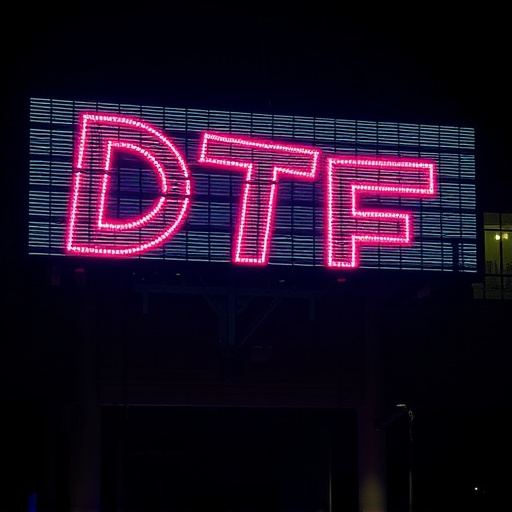
Bulk DTF Transfers revolutionize product launches by offering high-quality printing at reduced costs…….

Bulk DTF Transfers revolutionize branded gift shop operations by offering cost-effective, high-quali…….

Apparel startups can significantly enhance production efficiency and cost-effectiveness with Bulk DT…….

Bulk DTF Transfers offer a cost-effective, efficient solution for schools and teams to personalize a…….
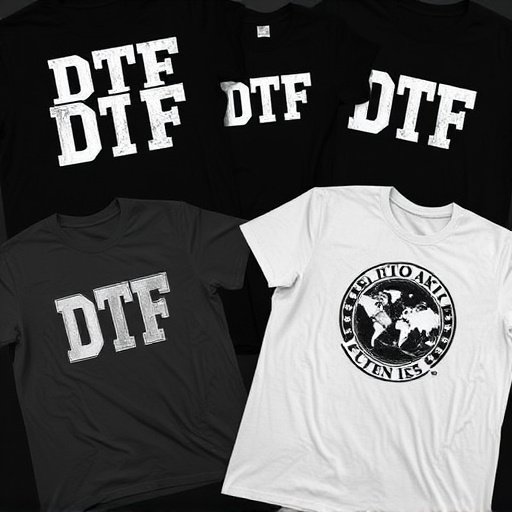
Implementing efficient bulk DTF (Direct to Fabric) transfers demands strategic planning, including a…….
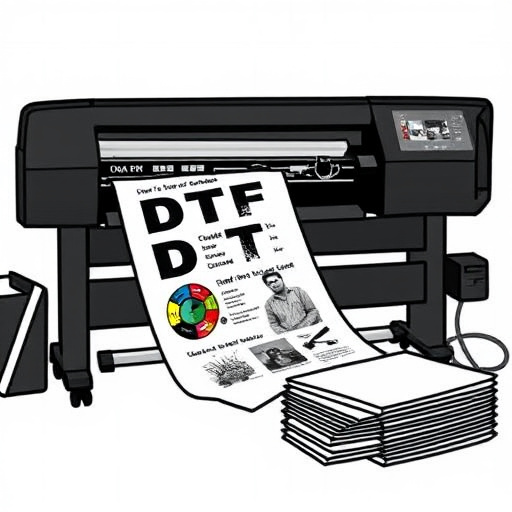
Bulk DTF Transfers transform customer engagement by offering a seamless, cost-effective way to creat…….
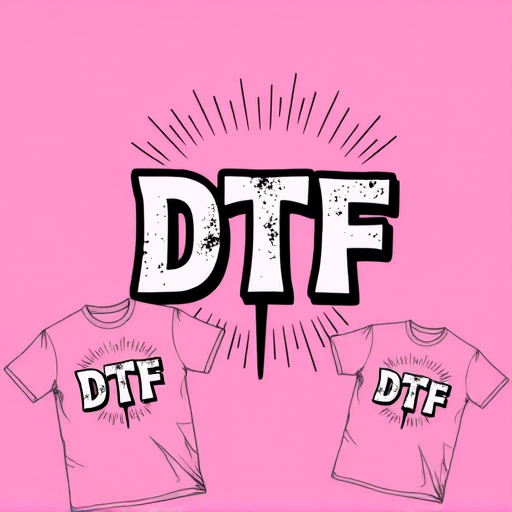
Bulk DTF (Data Transfer) Transfers streamline large-scale data movements, revolutionizing businesses…….
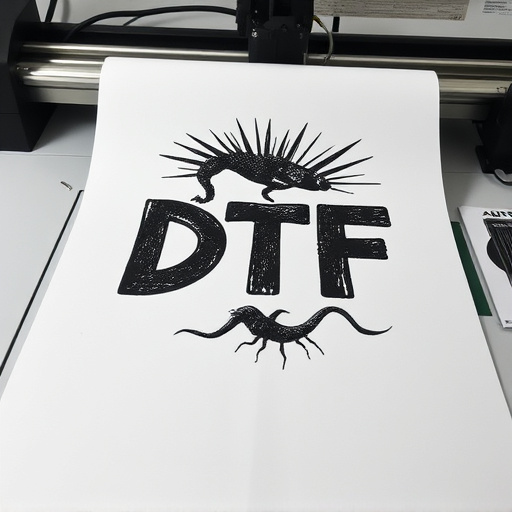
Bulk DTF Transfers are transforming e-commerce apparel startups by offering a swift, cost-efficient…….